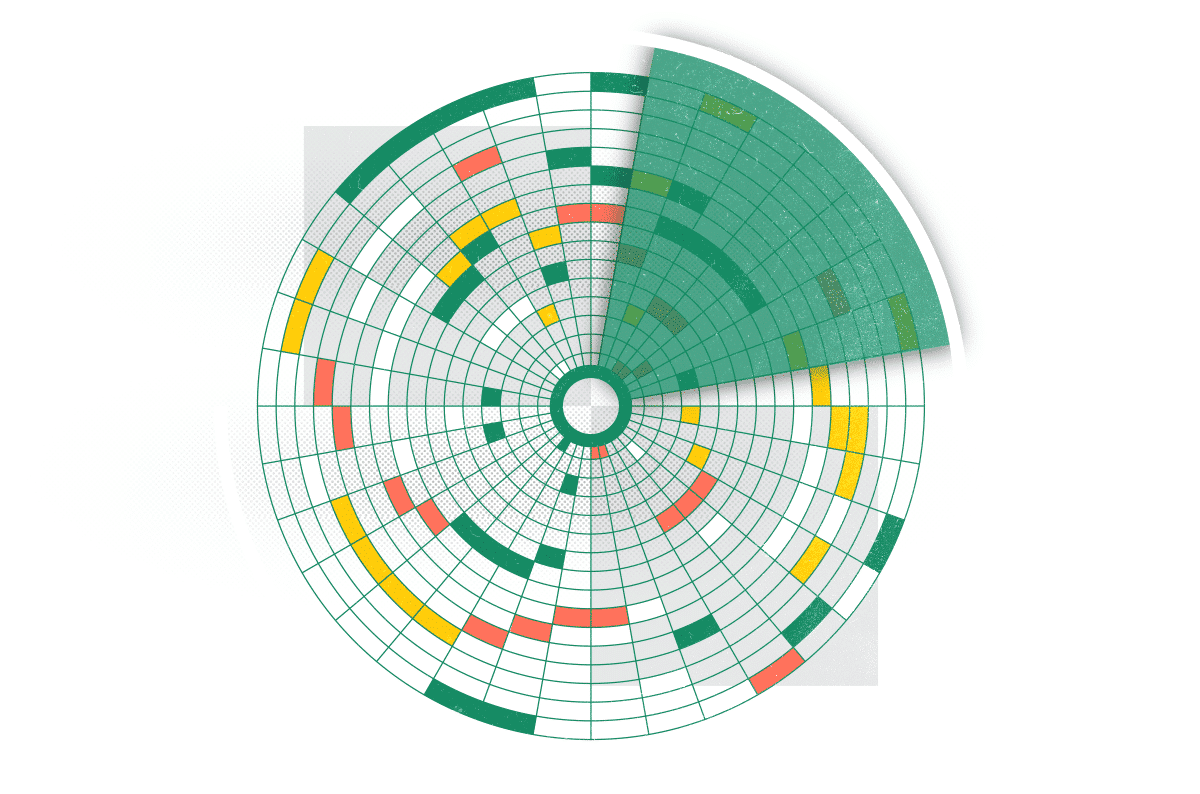IPS Features and Requirements: Is an Intrusion Prevention System Enough?

|
Listen to post:
Getting your Trinity Audio player ready...
|
IPS (Intrusion Prevention System) is a technology for securing networks by scanning and blocking malicious network traffic. By identifying suspicious activities and dropping packets, an IPS can help reduce the attack surface of an enterprise network. Security attacks like DoS (Denial of Service), brute force attacks, viruses, worms and attacking temporary exploits can all be prevented with an IPS.
However, an IPS alone is not always enough to deal with the growing number of cyber attacks, which are negatively impacting business continuity through ransomware, network outages and data privacy breaches. This blog post explores how to implement an IPS in your overall security strategy with SASE. But first, let’s learn a bit more about IPS.
Eliminate Threat Intelligence False Positives with SASE | Get eBookIPS vs. IDS – What’s the Difference?
IPS is often confused with IDS (Intrusion Detection System). IDS is the older generation of IPS. As the name implies, it detects and reports malicious activities, without any active blocking mechanisms. As a result, an IDS requires more active attention from IT to immediately block suspicious traffic, but on the other hand, legitimate traffic is never accidentally blocked, as sometimes happens with IPS. IPS is also sometimes referred to as IDPS.
IPS Features – How it Works
Most IPS solutions sit behind the firewall, though one type of IPS, HIPS (host-based IPS) sits on endpoints. The IPS mechanism operates as follows.
The IPS:
- Scans and analyzes network traffic, and watches packet flows
- Detects suspicious activities
- Sends alarms to IT
- Drops malicious packets
- Blocks traffic
- Resets connections
How Does IPS Detect Malicious Activity?
There are two methods the IPS can implement to accurately detect cyberattacks.
1. Signature-based Detection
IPS compares packet flows with a dictionary of CVEs and known patterns. When there is a pattern match, the IPS automatically alerts and blocks the packets. The dictionary can either contain patterns of specific exploits, or educated guesses of variants of known vulnerabilities.
2. Anomaly-based Detection
IPS uses heuristics to identify potential threats by comparing them to a known and approved baseline level and alerting in the case of anomalies.
IPS Requirements
IPS needs to ensure:
- Performance – to enable network efficiency
- Speed – to identify exploitations in real-time
- Accuracy – to catch the right threats and avoid false positives
IPS Joined with the Power of SASE
While IPS was built as a stand-alone solution, today it is best practice to complement it and enhance its capabilities by using IPS that is delivered as part of a SASE solution. This also enables IT to overcome the shortcomings of the stand-alone IPS:
Stand-alone IPS: Shortcomings
- Inability to process encrypted packets without this having a huge impact on performance
- Perimeter-based approach, which protects from incoming traffic only, and not from internal threats. (Read more about it in our ZTNA hub).
- Inspection that is location-bound and does not usually include mobile and cloud traffic
- High operational costs when IT updates new signatures and patches
IPS and SASE: Key Benefits
SASE is a global, cloud-native service that converges networking and security functions in one platform. By implementing IPS with SASE, IPS will:
- Ensure high performance – scans and analyzes TLS-encrypted traffic without any capacity constraints that would affect performance or scaling capabilities
- Secure the network, not the perimeter – inspects inbound and outbound traffic, both on a WAN or to and from the public Internet
- Scan and protect all edges – includes remote users and branches, regardless of location and infrastructure (cloud or other)
- Always secure and up-to-date – automatically updates the latest signatures, since these updates come from the SASE cloud, without any hands-on involvement from IT
Reducing the Attack Surface with IPS and SASE
IPS adds an important layer of security to enterprise networks, especially in this day and age of more and more highly sophisticated cyber attacks. However, to get the most out of IPS, while reducing IT overhead and costs, it is recommended to implement an IPS together with SASE.
This provides organizations with all IPS capabilities, across their entire network and for all traffic types. In addition, with SASE, the security signatures and patches are managed entirely by the SASE cloud, eliminating false positives and removing resource-intensive processes from IT’s shoulders.
Cato is the leading SASE provider, enabling organizations to securely and optimally connect any user to any application anywhere on the globe. To get a consultation or a demo of the Cato SASE Cloud and how it works with IPS, Contact Us.















